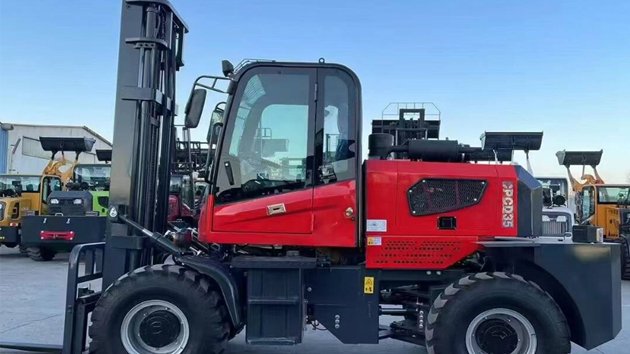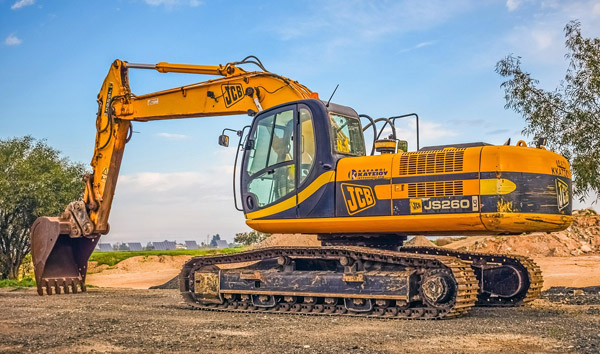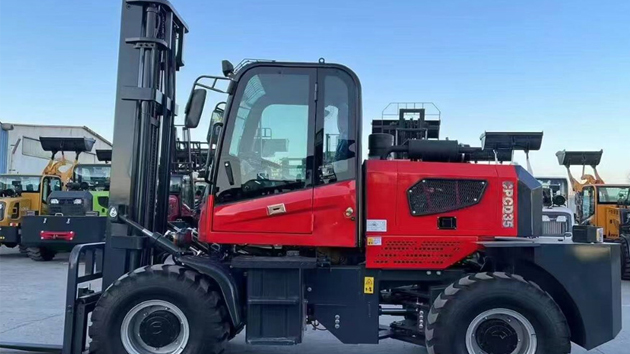Revolutionizing Heavy-Duty Operations: The Power of Mining 4WD Forklifts
2025-07-25 05:00:29
The mining industry demands robust and high-capacity material handling solutions to optimize productivity. Mining 4WD forklifts have emerged as a critical asset, offering unparalleled maneuverability and maximum load capacity in challenging terrains. This report delves into the engineering advancements, operational benefits, and industry benchmarks of these specialized forklifts, highlighting their role in modern mining operations. Content The mining sector relies heavily on heavy-duty equipment capable of handling extreme loads while navigating uneven and rugged terrains. Among these, the mining 4WD forklift stands out due to its superior traction, stability, and maximum load capacity. Designed to endure harsh conditions, these machines are engineered with reinforced frames, high-torque engines, and advanced hydraulic systems to ensure efficient material transport.
One of the key advantages of a mining 4WD forklift is its ability to carry substantial payloads without compromising performance. With a maximum load capacity often exceeding 20,000 kg, these forklifts can effortlessly transport bulk materials, ore, and heavy machinery components. Industry data indicates that modern models incorporate dynamic load-sensing technology, which adjusts hydraulic pressure in real-time to maintain stability even under full load.
Operational efficiency is further enhanced by the four-wheel-drive (4WD) system, which provides superior traction on slippery or uneven surfaces commonly found in mining sites. Unlike traditional forklifts, the mining 4WD forklift distributes power evenly across all wheels, minimizing slippage and reducing wear on tires. This feature is particularly beneficial when handling heavy loads, as it ensures consistent movement without unnecessary strain on the drivetrain.
Recent advancements in material science have also contributed to the increased maximum load capacity of these forklifts. High-strength steel alloys and composite materials are now used in their construction, allowing for lighter yet more durable frames. This innovation not only improves load-bearing capabilities but also extends the lifespan of the equipment, reducing long-term operational costs for mining companies.
In conclusion, the mining 4WD forklift represents a significant leap forward in material handling technology for the mining industry. Its ability to combine high maximum load capacity with rugged durability makes it indispensable for large-scale operations. As mining companies continue to push the boundaries of productivity, these forklifts will remain a cornerstone of efficient and safe material transport.














